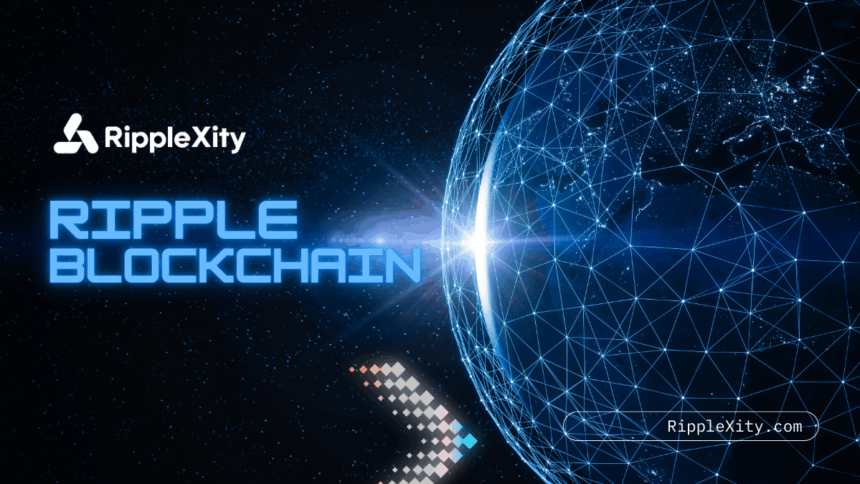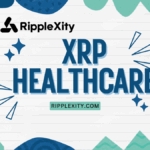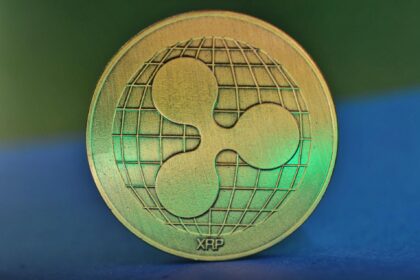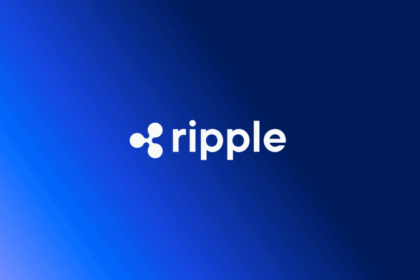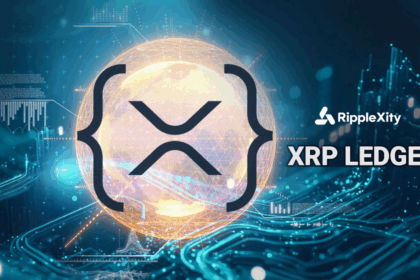While much of the spotlight on Ripple’s global expansion has focused on Europe and Asia-Pacific, Ripple has been quietly building momentum in the Middle East, a region handling over $2 trillion in annual remittance and trade flows. With regulatory clarity improving in financial hubs like Dubai and Abu Dhabi, Ripple’s On-Demand Liquidity (ODL) and RippleNet services are now primed to capture a significant share of these flows.
In this article, we explore how Ripple’s Middle East expansion is positioning XRP as a key settlement asset for remittance giants, financial institutions, and regional fintechs.
The $2 Trillion Middle East Opportunity
🌍 Remittance Powerhouse
- The Middle East and North Africa (MENA) region is a top remittance corridor, sending and receiving hundreds of billions of dollars annually.
- Countries like the UAE, Saudi Arabia, and Bahrain are leading hubs for migrant labor remittances.
📈 Growing Cross-Border Trade
- The region manages trillions in oil, energy, and commodity exports.
- Ripple’s solutions can reduce settlement costs and friction in these high-value trade flows.
Key Middle East Milestones for Ripple
✅ UAE Regulatory Approvals
- Ripple recently secured licensing in the UAE, unlocking the ability to offer ODL and crypto services to regional banks and fintechs.
✅ Dubai Fintech Partnerships
- Ripple’s presence in Dubai International Financial Centre (DIFC) connects it to top-tier fintech accelerators and regulators.
✅ Collaboration with Central Banks
- Ripple has explored CBDC pilots and tokenization initiatives in the region, strengthening its institutional relationships.
How ODL Unlocks Middle East Remittance Efficiency
Ripple’s ODL solution, powered by XRP as a bridge currency, provides:
- Instant liquidity for cross-border payments
- Elimination of pre-funded accounts
- Lower transaction costs
- Real-time settlement
This is especially valuable in high-volume corridors like:
- UAE to India
- Saudi Arabia to the Philippines
- Bahrain to Pakistan
Example Use Case: UAE-Based Fintech
A UAE fintech using Ripple’s ODL can:
- Send AED to XRP via local exchanges.
- Bridge XRP to INR, PHP, or PKR on destination exchanges.
- Complete settlement in seconds, with lower costs than SWIFT or legacy remittance rails.
Why Ripple Is Poised to Dominate the Region
| Ripple Advantages | Legacy Providers |
|---|---|
| Real-time XRP-powered settlement | 1-5 day settlement delays |
| No pre-funded account requirements | High capital lock-in |
| Low transaction fees | High cross-border fees |
| Regulatory momentum in UAE & Bahrain | Slow compliance adaptability |
| Blockchain transparency | Opaque legacy systems |
The Role of XRP in Middle East Adoption
XRP’s role as on-demand bridge liquidity makes it:
- Regulatory friendly with recent UAE approvals
- Cost-efficient for high-frequency remittance flows
- Scalable for enterprise-level payment volumes
Ripple’s push into the Middle East could make XRP one of the most utilized digital assets in this multi-trillion-dollar corridor.
Final Thoughts
Ripple’s Middle East expansion is a strategic masterstroke, tapping into one of the largest and fastest-growing payment markets in the world. With regulatory green lights, enterprise partnerships, and ODL gaining traction, Ripple and XRP are poised to transform cross-border payments in the region.
At RippleXity, we’ll continue to follow Ripple’s Middle East momentum and its impact on the global remittance revolution.




